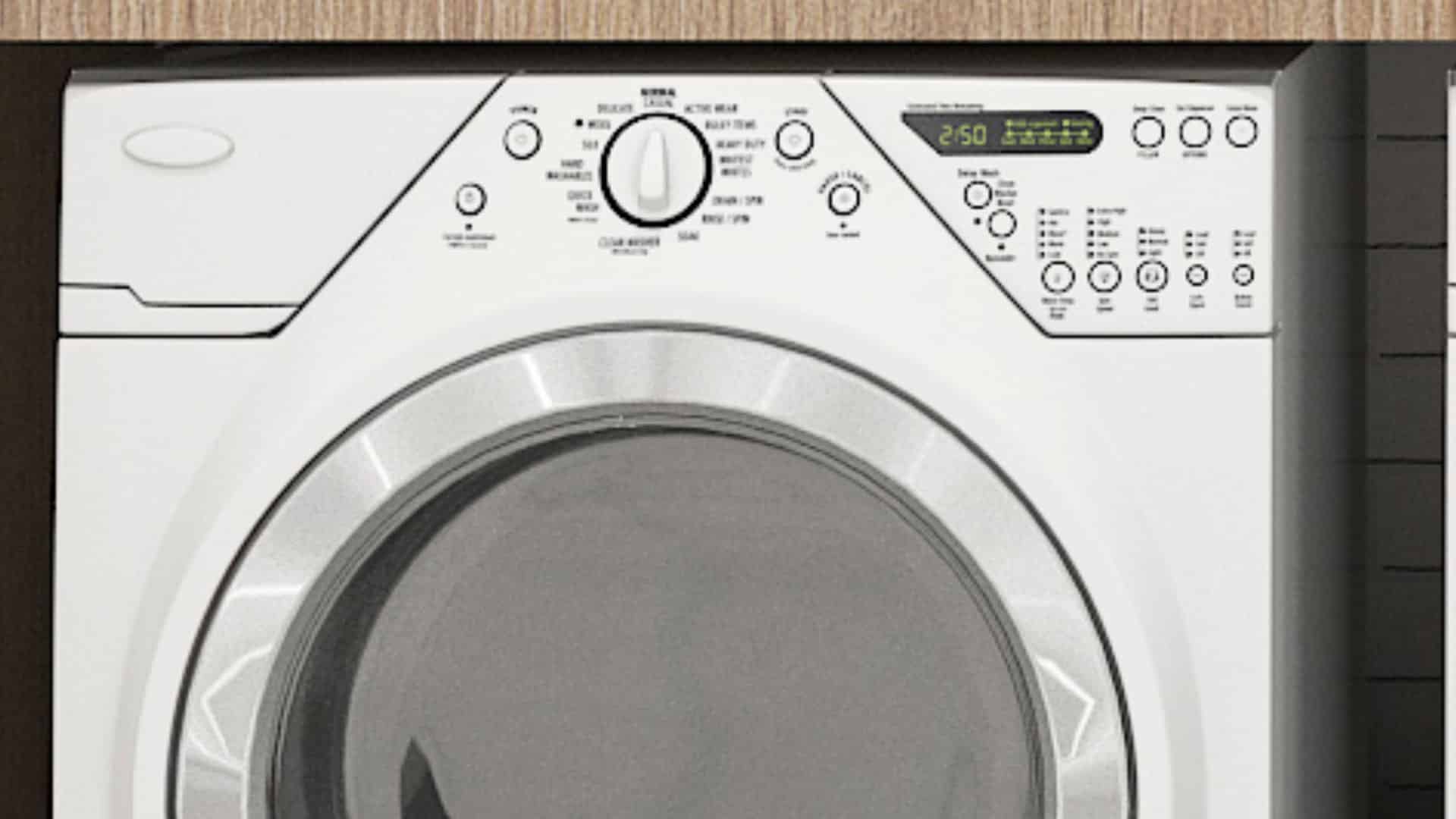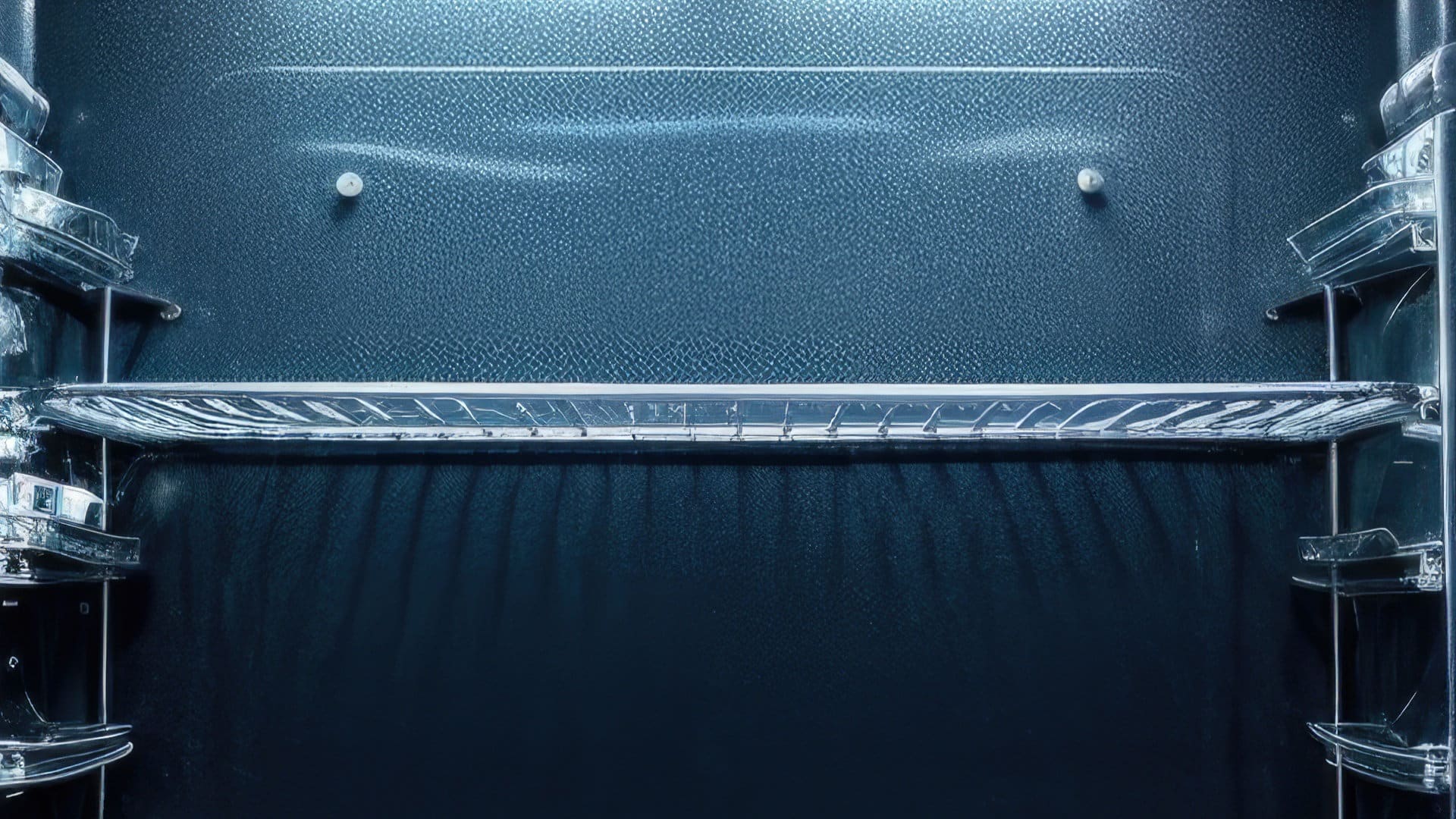
An error code is the last thing you want to see when you’re trying to cook your dinner after a long day. If your GE oven is showing the F2 error code, don’t give up and order takeout just yet! There are a few simple solutions that can be attempted at home before you call in a professional. Read on to find out what to do!
This guide refers to all main models of GE ovens, including:
4132990
42069
4242590
4252990
4352590
ABS300J1WW
BP76GS1
CGS980SEM1SS
JB250DF1WW
JBP23DN1WW
JBP24BB4WH
JBP24WB4WW
JBP26GV3
JBP26WB4WW
JBP64BB4WH
JBS55DM2WW
JGBS66REK1SS
JGP329SET1SS
JGP336BEV2BB
JGP336WEV4WW
JGP633SET1SS
What Does the F2 Error Code Mean?
First of all, what does the F2 error code mean? It usually relates to a temperature issue—it means that your oven has detected an extremely high internal temperature of over 615°C or 915°F. This is most likely to occur during a self-cleaning cycle when the internal temperature gets extremely hot, but it can happen anytime. Very high temperatures can damage the internal components of your oven, so the error code comes on to protect your appliance, preventing it from overheating and causing further damage.
Fix 1 – Try a Reset
Sometimes, error codes may be caused by random glitches, and resetting your oven can fix the problem. A power surge or minor software issue can lead to an error code displaying when there isn’t an underlying issue. To reset your GE oven:
- Shut off the power to your oven. You will need to locate the circuit breaker that corresponds to your oven and shut it off.
- Leave your oven without power for at least 2 minutes.
- Flip the circuit breaker back on and check if the error code has cleared.
If the error code has cleared, that indicates a random glitch. However, if it persists or if it immediately comes back the next time you try to use your oven, there is likely an underlying issue. Move on to the next step in our guide to find your fix!
Fix 2 – Try a Thorough Clean
Ovens partly regulate their temperature through vents. If your oven vents are dirty and clogged with grease, then your oven may rapidly overheat, which can lead to the F2 error code. Using the self-cleaning function on your oven may exacerbate the issue, as your oven won’t be able to clear the vents and will overheat even more. Thankfully, this issue can be easily fixed with a thorough cleaning.
- Wipe away any loose debris with a damp cloth.
- Spray the interior of your oven with the cleaning solution of your choice. If you prefer to use natural cleaning products, try a vinegar and water solution. If you use a commercial oven-cleaning product, ensure you follow the instructions on the packet.
- Leave the cleaning solution in the oven for at least 30 minutes, then wipe it away with a damp cloth.
- Pay special attention to the vents—if they appear very clogged, try using an old toothbrush to clear them.
After your oven is clean, try using it again and test if the error has cleared. If not, move on to the next step.
Fix 3 – Replace the Temperature Sensor
If the F2 error code is not clearing, it could be that your GE oven is incorrectly sensing a high temperature, even when the temperature is within a normal range. This would indicate an issue with the temperature sensor, which could have been damaged through the use of a self-cleaning cycle, or general wear and tear.
To test if the temperature sensor is faulty, you’ll need to use a multimeter. The sensor is a metal rod that is located on the interior of your oven and senses what temperature your oven is at. When tested with a multimeter at room temperature, it should show a reading of above 1080 and below 1090 ohms—outside of this range means it needs replacing.
To replace:
- Purchase a replacement temperature sensor, either from an online appliance parts retailer or directly from GE.
- Disconnect your oven from its power.
- Locate the sensor. In most GE ovens you’ll need to remove the rear panel to remove it. Refer to your manual to find the exact location in your model.
- Disconnect the sensor from the wiring harness and remove the screws holding the temperature sensor in place.
- Place the new temperature sensor in position and attach it with screws.
- Connect the wiring harness to the new sensor.
- Put the oven back together and restore power.
- Turn it on and test to see if the error code comes back.
Fix 4 – Replace the Control Board
If the above fixes didn’t solve your problem, you likely have an issue with the control board. Before replacing your entire control board, it’s important to consider the overall age and condition of your oven, as it is a difficult and expensive repair to make. If your oven is on the older side, it may make more sense to replace the oven.
To check if your control board needs replacing:
- Cut power to the oven and consult your user manual to locate the control board.
- Inspect the control board for damage. Usually, this will look like fused or burnt connections.
- If it does need replacing, you can order a replacement control board online.
If you’re unsure whether the control board does need replacing, we recommend contacting a professional appliance repair technician. Control board issues can be difficult to diagnose and fix, and you don’t want to risk causing accidental damage to your appliance.

How to Fix the nF Error Code on a Samsung Washer

Kenmore Elite Dryer Issues: How To Troubleshoot
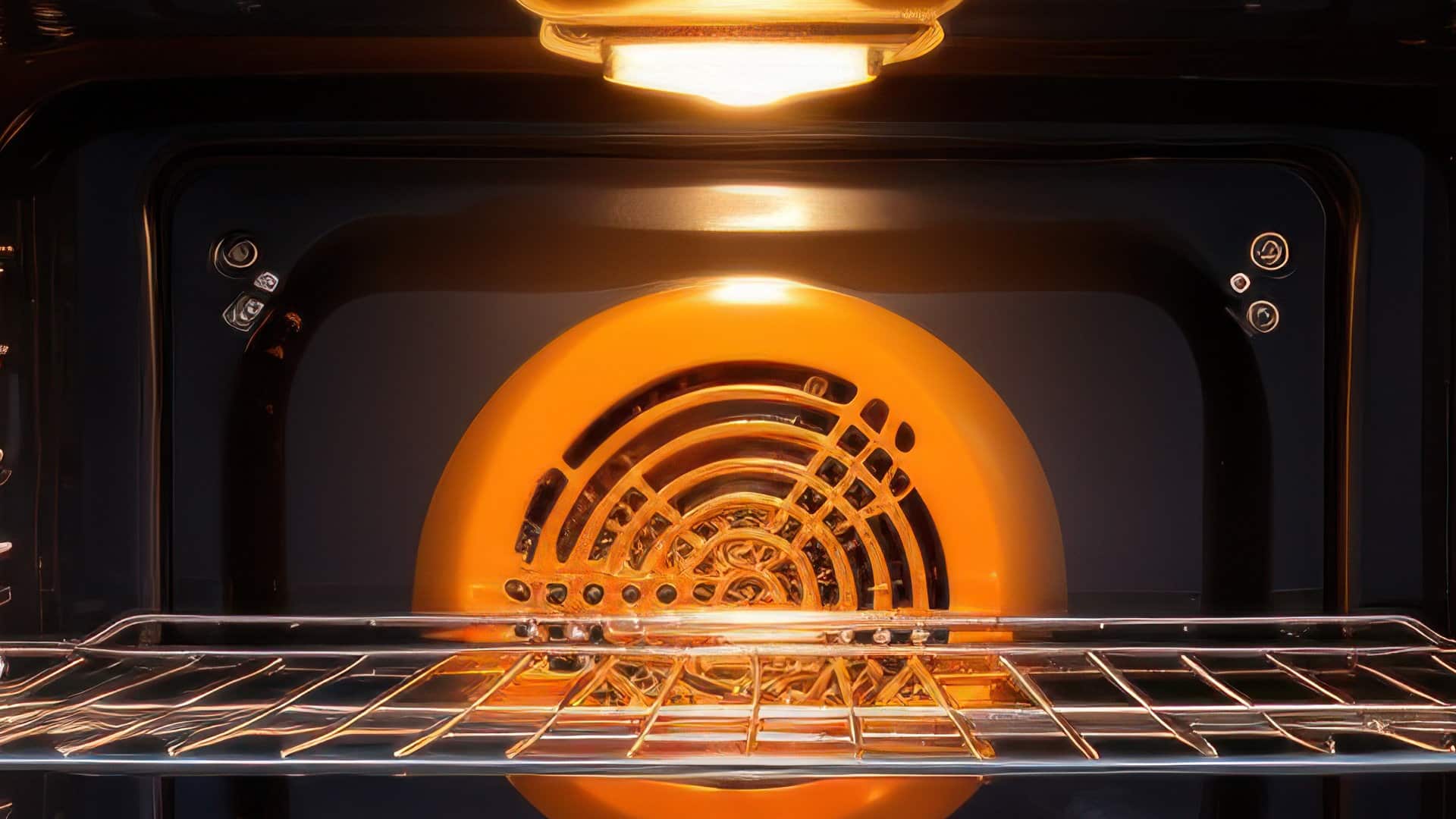
Microwave vs. Oven: Pros and Cons and How They Differ
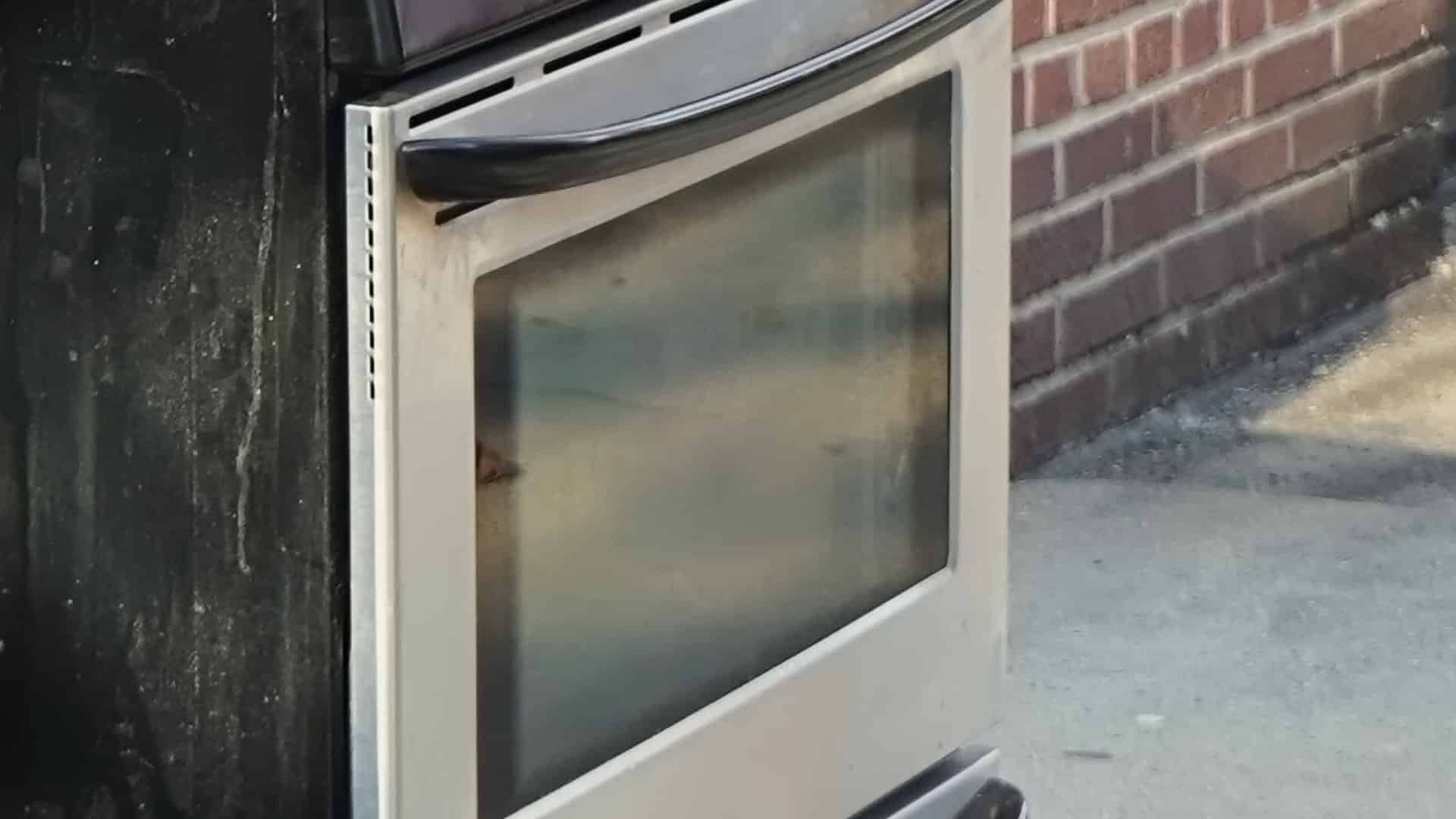
Self-Cleaning Oven Smell: Causes & Odor Reduction Tips
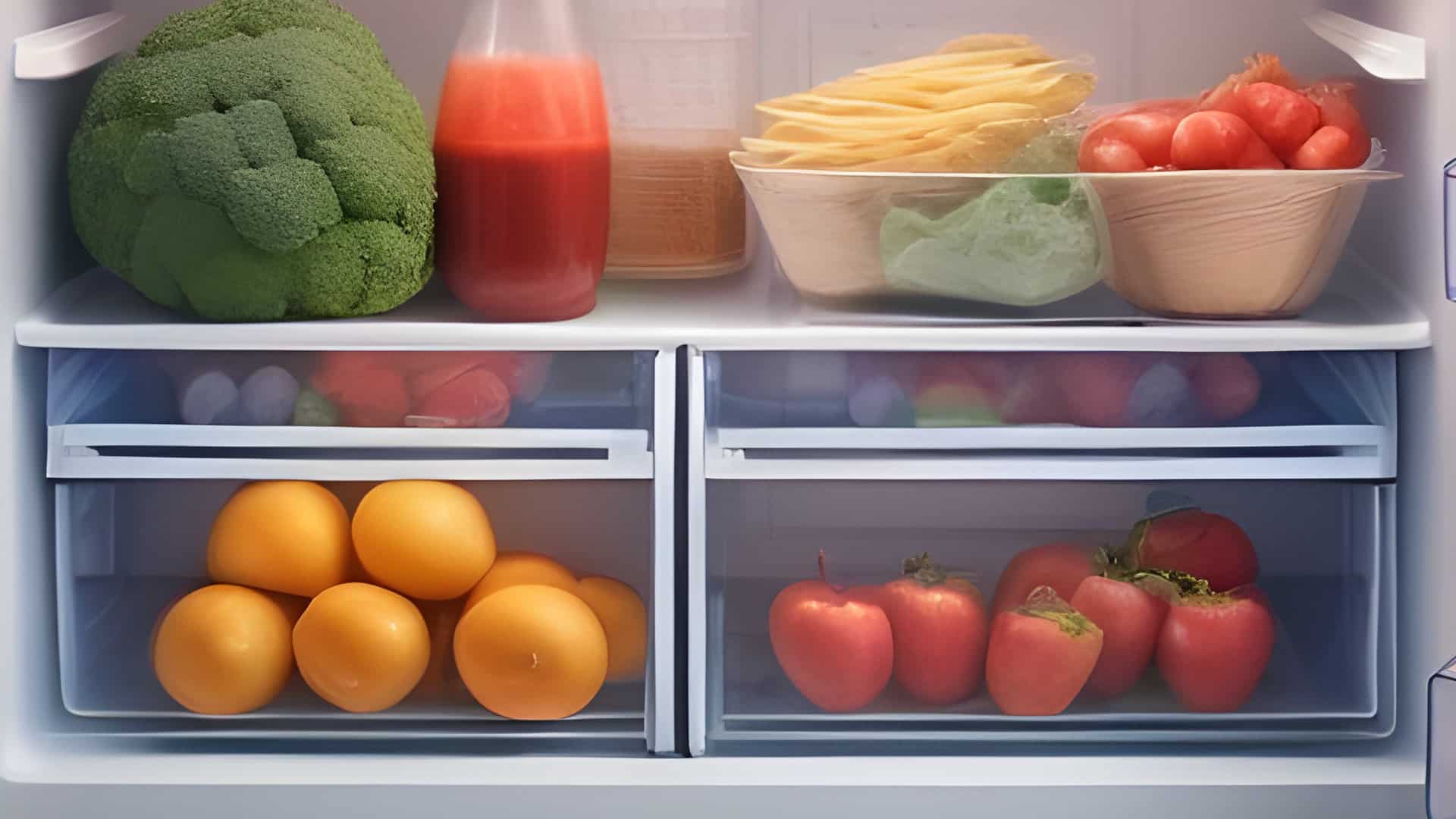
Frigidaire Ice Maker Not Working? 7 Ways to Fix It
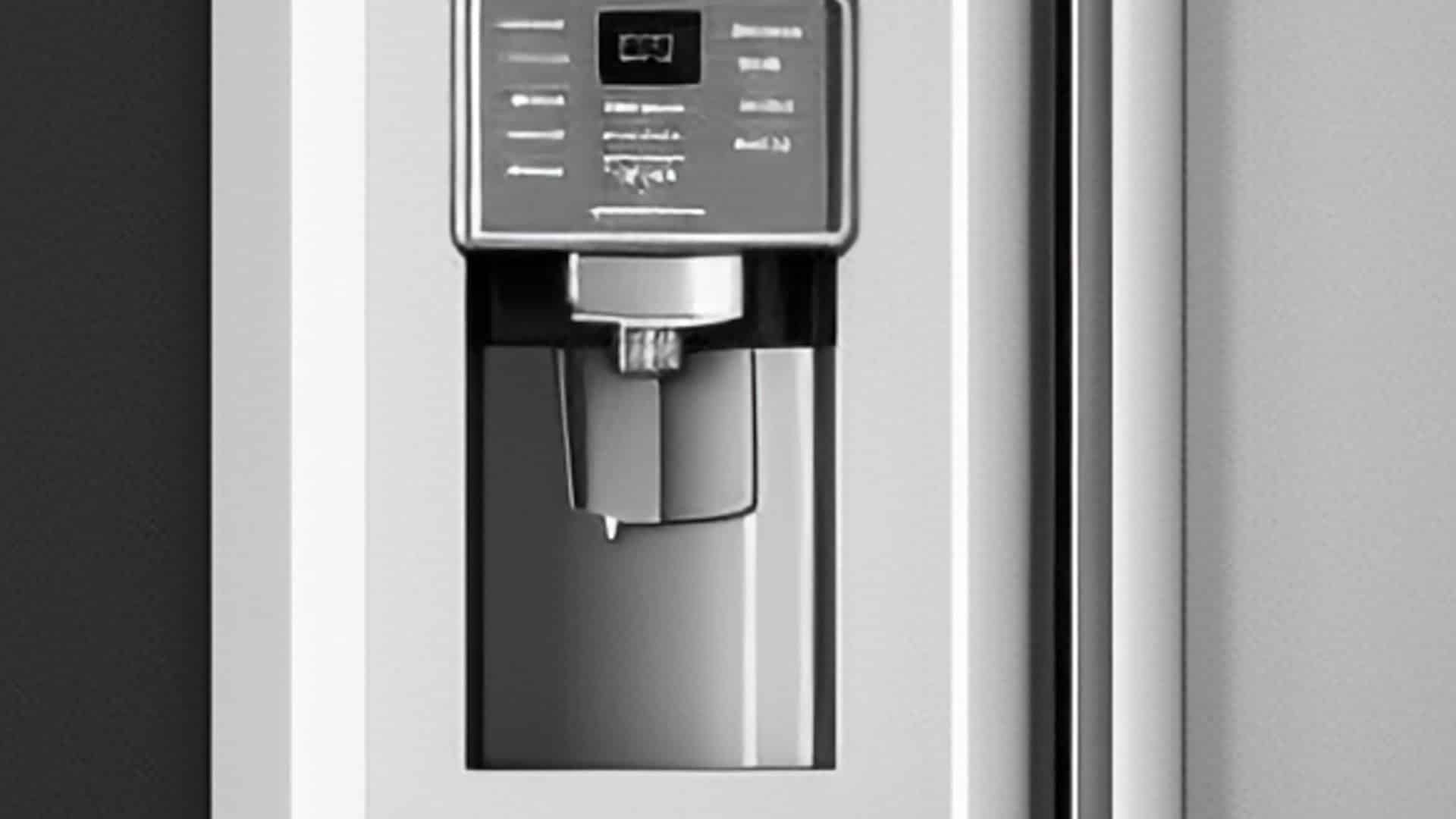
Why Is Your LG Refrigerator Not Cooling? (9 Common Reasons)

GE Oven F2 Error: Causes & Solutions
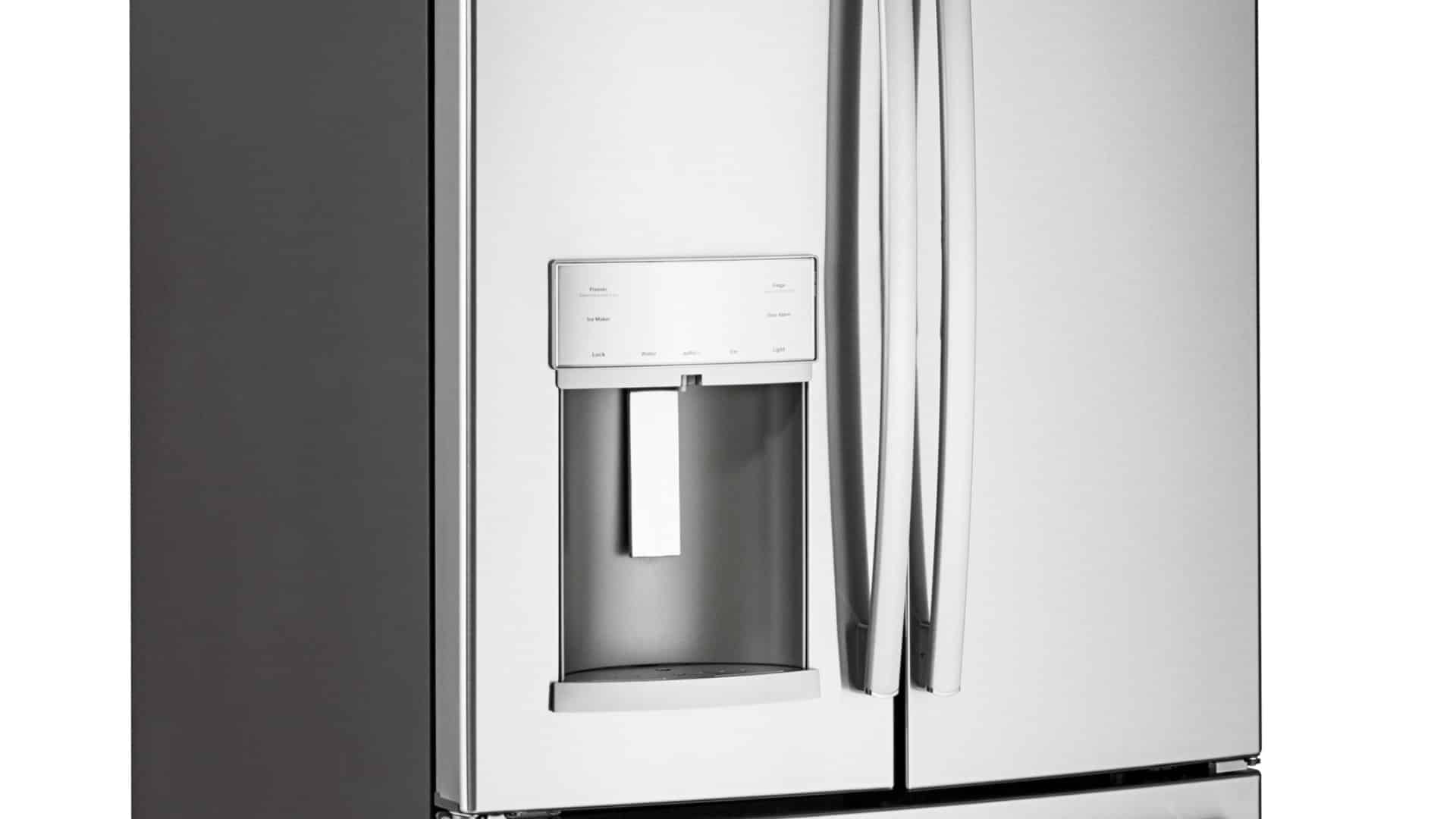
How to Reset the Water Filter Light on a Samsung Refrigerator
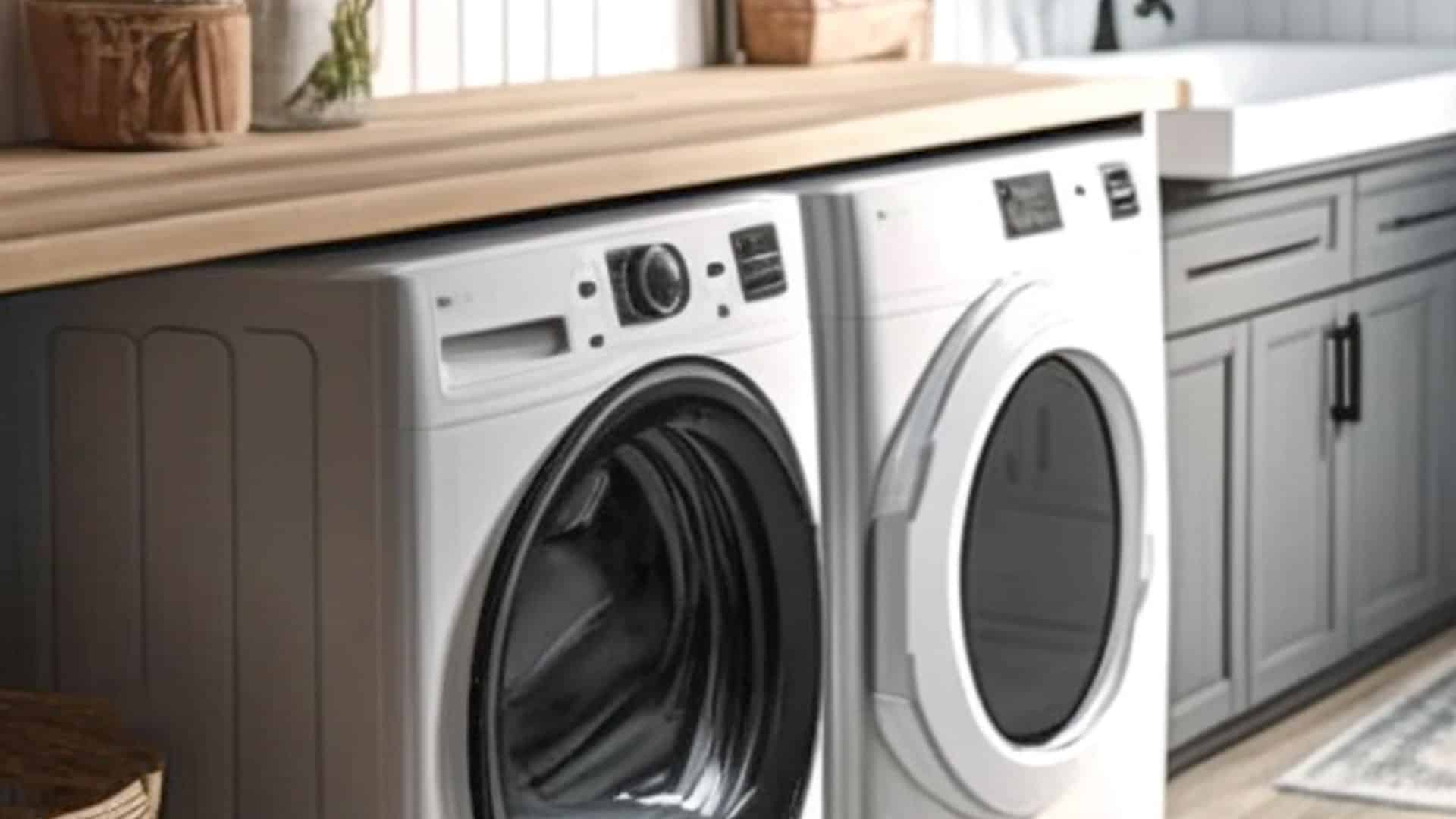
Maytag Washer Showing F5 Error Code? Here’s What To Do
